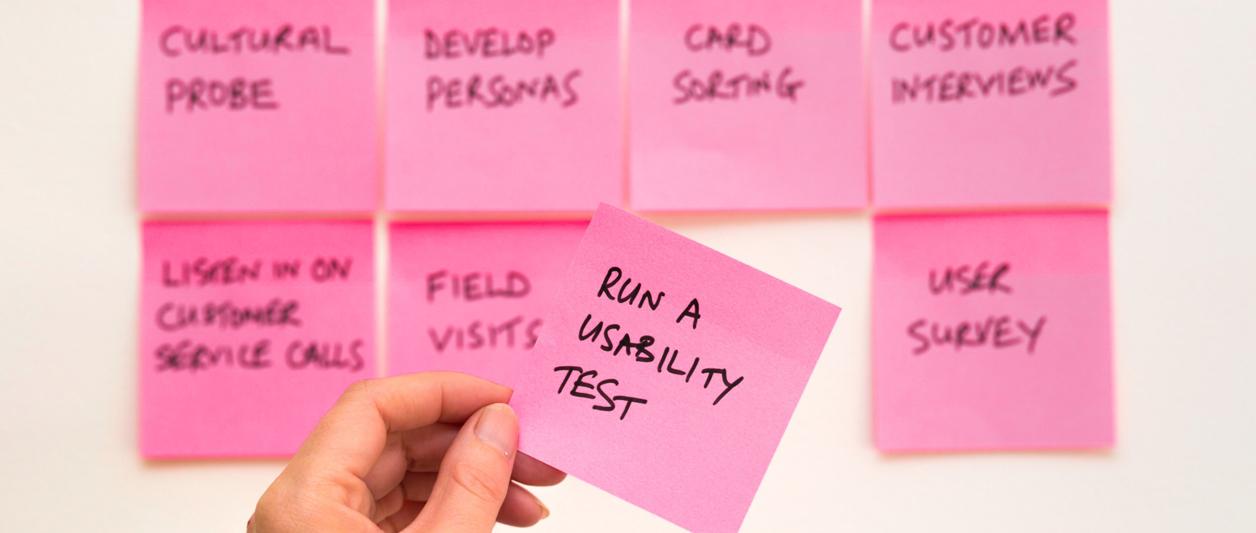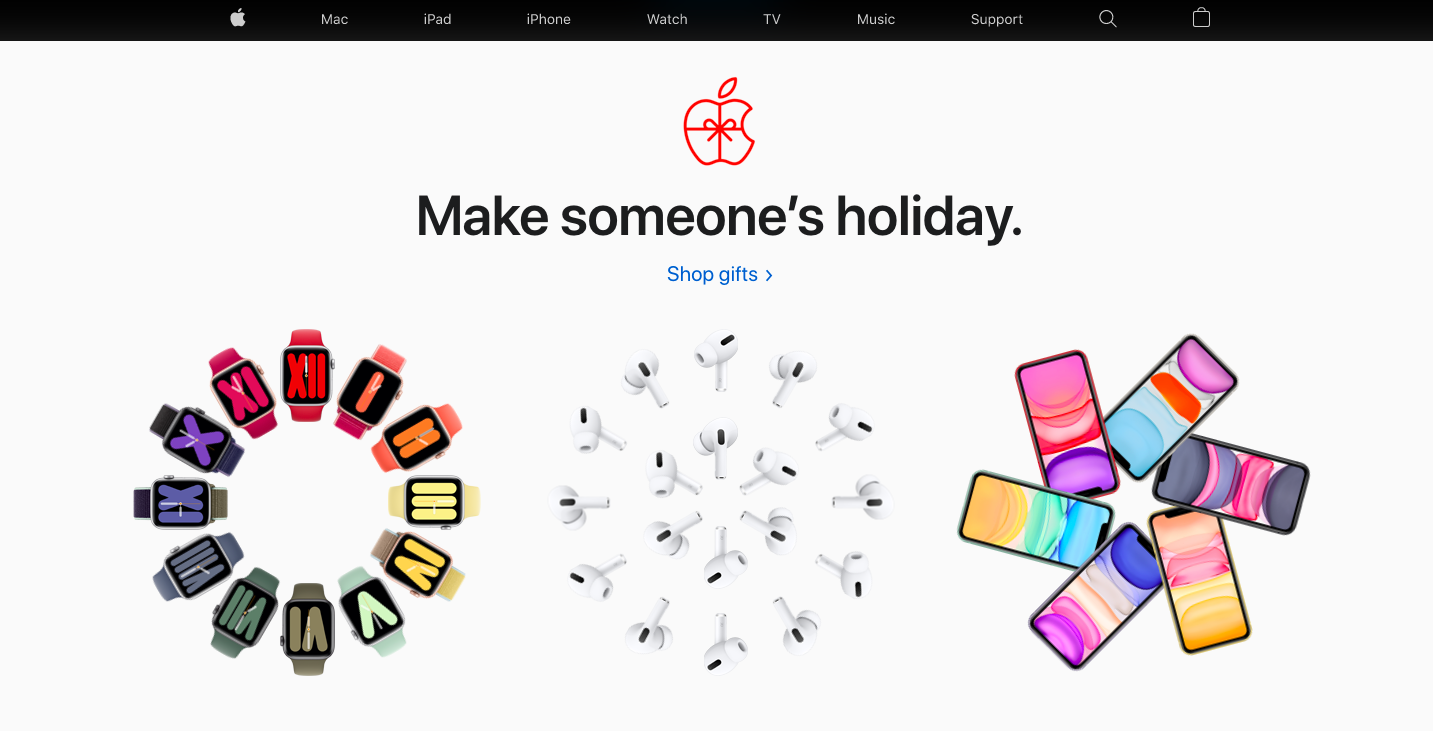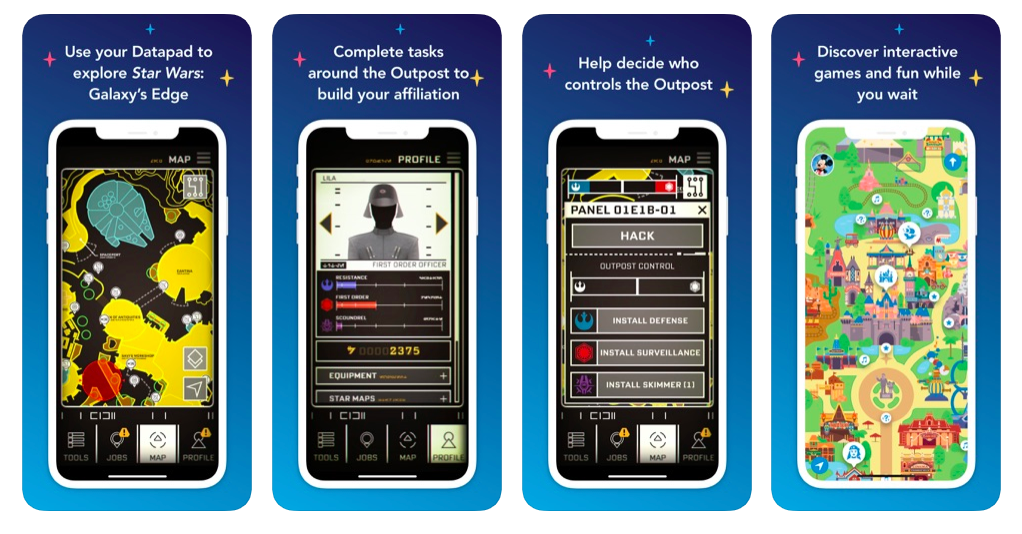
How to create an immersive online experience to capture
eyeballs worldwide.
SIMPLICITY IS KEY.
The key to great UX design is building an interface that is both aesthetically provocative and easily functional. Users are deterred by overwhelming amounts of content and features. If you give the user too many choices, they’ll most likely become overwhelmed, distracted and forget why they came to your digital experience in the first place. With a value-based narrative, visually-pleasing calls-to-actions and interactive user journeys, you can’t lose their attention and your chances of a conversion are much higher. Apple makes this look easy as pie.

Source: Apple.com
KEEP IT VISUAL
Users today are looking to be impressed within 0.05 seconds of visiting your website and what better way to lure them further down your funnel than with visually striking photography? With sites such as unsplash.com and pixelbay.com, it’s hard to say such types of photos are too expensive or inaccessible, and the folks over at Squarespace show high-resolution photography can really engage the user’s sensory experience and provide an immediate impact on those looking to select a platform on which they can build a new website.

Source: Squarespace.com
FUNCTIONAL AT HEART
While immersive UX design inspires creativity, there are also critical best practices as to how you should design functionality across your brand’s website. Nontraditional menus and navigation options can overwhelm a user just as too many options or excessive text can. Minimalism can sometimes be key. The French skincare brand L’Occitane designed an exceptional site where on the homepage you’re able to do everything from registering a new account, speak to a live specialist, purchase products or do research on their blog without feeling overwhelmed by options to choose from.

Source: https://www.loccitane.com/
MULTI-DEVICE SYNCHRONIZATION
Customers are now expecting a seamless user experience across all the devices they’re logged on to. Across mobile, laptop, wearables and voice assistants, their tolerance for logging in and out of apps, downloading add-ons, and experiencing unequal levels of service can annoy them enough to move on swiftly to another brand of choice. Amazon has paved the way for these types of user expectations where you can order off your mobile phone, get an update on your order in email or Alexa app and also get a visual and audio notification on your Alexa Show device when it’s been delivered.

Source: unsplash.com
AUGMENTED REALITY ALL THE WAY
Augmented and virtual reality is still in its nascent phase of use cases but brands have realized they can leverage user interests in advanced technologies to get them to try different digital experiences using AR applications. A great example of this is Disney Parks. Since lines for rides tend to be quite long, through the Disney Parks app, families can see everything from space mountain rockets soaring above their heads to exploring the Star Wars terrain, happening all around them through an AR lens. It makes the wait feel a tad bit shorter, allows more bonding between family members and above all, contributes to more immersive user experiences for the Disney brand.

Source: https://apps.apple.com/us/app/play-disney-parks/id1325935439
Let's Get to Work.
Have an unsolvable problem or audacious idea?
